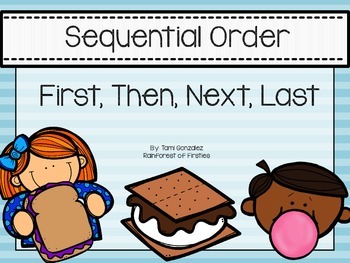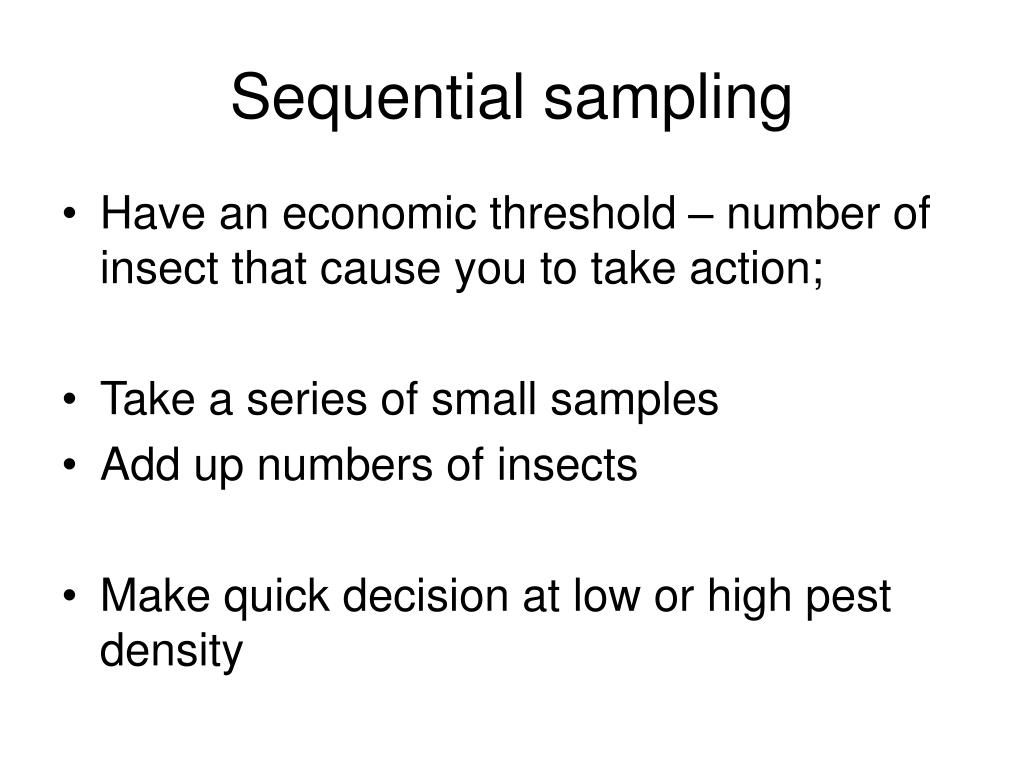

pop() method is used for removing the last layer of the model which might give TypeError if there are no layers in the model.Įxample: This code snippet is used for removing the layers if not needed by adding the corresponding pop() method as shown in the output. ValueError: If layer present is not known with the fed input shape.Įxample: Code snippet showing add() method to add layers within the existing layers of the sequential model.TypeError: If layer present Is not part of an instance of the existing layer.If proper layers are not present, then it might throw some errors like: add () method where all these are layers that can be stacked on top of already existing layers. Sequential.add(layer_1, layer_2, layer_3)Īrguments: layer_1, layer_2, and layer_3 are the arguments passed to the sequential. This method is used for adding layers on top of an already created stack of layers as shown in the previous example. Layr_2 = layers.Dense(5, activation="relu", name="layr_2") Layr_1 = layers.Dense(4, activation="relu", name="layr_1")
#DEFINE SEQUENTIAL ORDER HOW TO#
Here the model is used for training any neural network where a stack of layers Is embedded with keras where each layer has one input with Keras extended with tensor and similarly one output tensor.Įxample: This code snippet represents how to use the sequential model for creating three layers post which sequential model is used for testing the same.įrom keras.layers import Dense, Activation Here the TensorFlow imports the required Keras layers that will be further used for importing Keras layers from TensorFlow. # A proper setup initially will consider the following imports:

For example, " In conclusion, the final product was spectacular," or, " Consequently, it went on to become an international bestseller." When they come at the start of a sentence of paragraph, they're typically followed by a comma. Their most popular placement is at the start of a paragraph.

Time order words can be placed anywhere in a sentence.


 0 kommentar(er)
0 kommentar(er)
